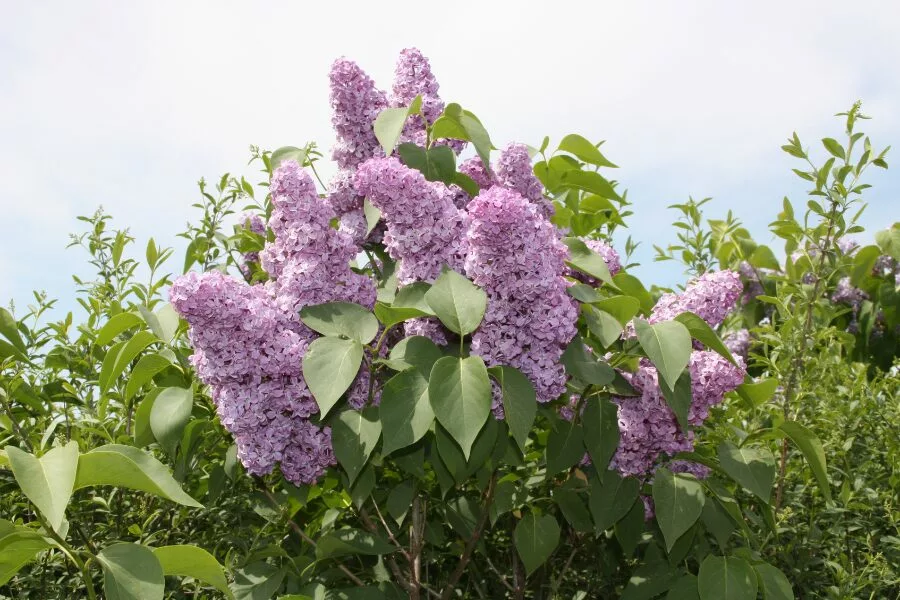Imagine a garden where the air is filled with the pleasent scent of lilacs, and their lush, colorful blooms make your outdoor space feel like a vibrant paradise. It could be yours, once you learn how to grow and care for lilac bushes.
Did you know that lilac plants represent renewal and growth? Now, that’s a perfect choice for any green thumb.
But to unlock their full potential, you need to know the secrets of lilac bush care. In this comprehensive guide, we’ve got it all for you. By the end of it, you’ll learn everything about how to nurture these stunning shrubs.
How is a Lilac Bush Different from Other Plants?
Lilac bushes have distinct characteristics that set them apart from many other plants, making them unique and desirable for gardeners. Here’s how they stand out:

Lilacs Bloom Differently
Known for their showy, fragrant clusters of flowers, lilacs bloom in spring, producing dense panicles of small blossoms in shades of purple, pink, and white. The lilac blooming season is relatively short but spectacular, typically lasting a few weeks.
Other Plants: While many plants bloom, few offer the same intensity of fragrance or visual impact. Some might have longer blooming periods but lack the concentrated burst of color and scent that lilacs provide.

Lilacs Are Incredibly Fragrant
The scent of lilacs is often described as sweet, floral, and slightly spicy. It’s a signature feature that’s both potent and pleasing, making lilacs a popular choice for fragrant gardens and cut flower arrangements.
Other Plants: Not all flowering plants are fragrant. Many focus on visual appeal without a notable scent, or their fragrance might not be as strong or distinctive as that of lilacs.
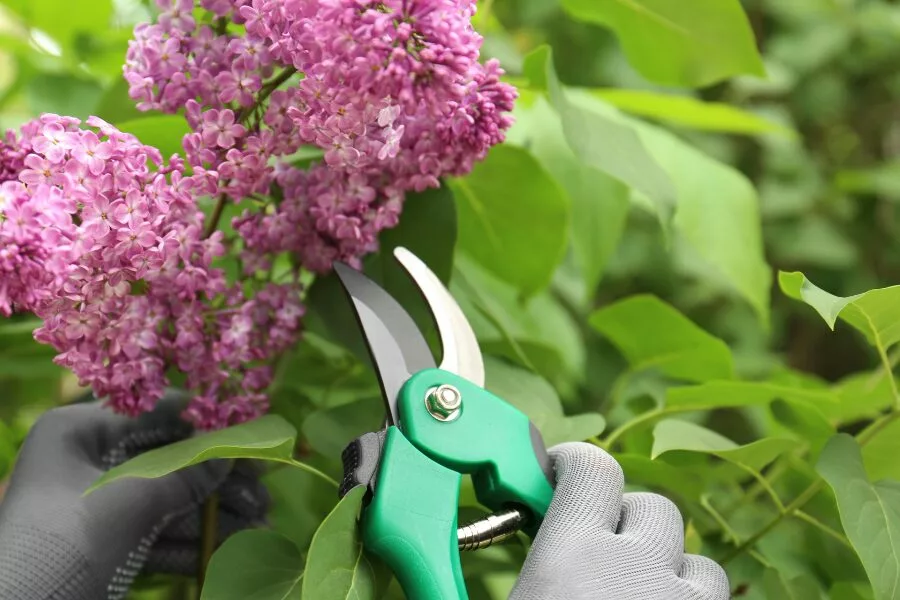
A Lilac Bush Needs Constant Pruning
Regular pruning is essential to maintain their shape and promote blooming. Lilac pruning is typically done after the flowering period to avoid cutting off next year’s buds. Lilacs benefit from both formative pruning and rejuvenation pruning for older plants.
Other Plants: Pruning requirements differ. Some plants require minimal pruning, while others need it to manage size, encourage growth, or maintain health. The timing and techniques for pruning can vary significantly among different species.
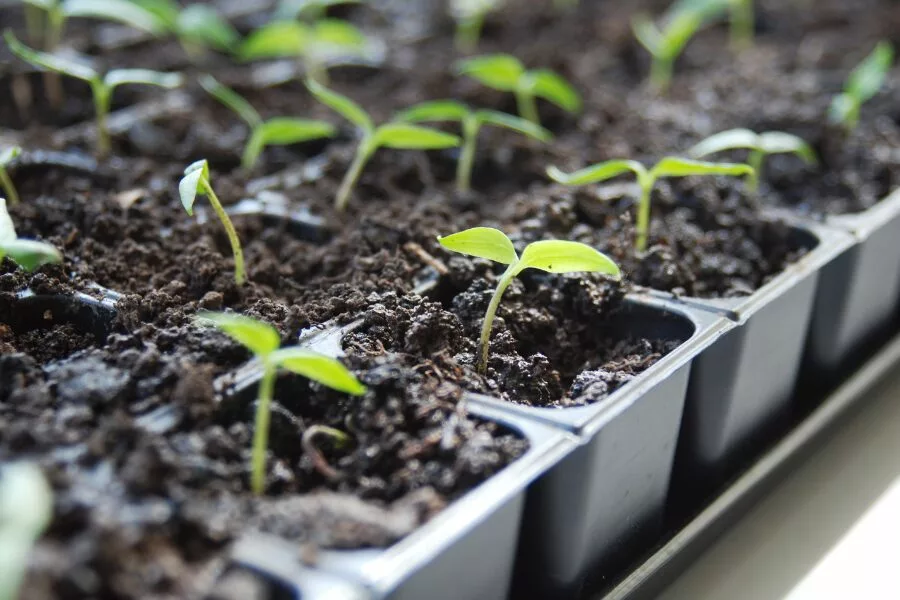
Lilacs Need Time to Propogate
Lilacs can be propagated through cuttings, layering, or by planting seedlings. They are relatively easy to propagate but require attention to ensure successful root establishment.
Other Plants: Propagation methods vary. Some plants might be propagated from seeds, divisions, or by other methods. Each plant has specific needs and success rates for propagation.
In short, lilac bushes and lilac planting will give you a unique combination of fragrant blooms that will make them stand out in any garden. The short, intense lilac blooming season, coupled with their delightful scent, sets them apart from many other plants!
Light Requirements for Lilac Bushes
Lilacs are sun-seekers at heart.

For optimal lilac growth zones and blooming, they require at least six hours of direct sunlight each day. Imagine your lilacs soaking up the sun’s rays—this energy is crucial for producing those stunning clusters of flowers. Full sun is ideal, but partial shade can also work if it’s not too dense. The more light they receive, the more blooms you’ll enjoy.
Consider your garden’s sun exposure when lilac planting and choose a spot where your lilacs can bask in the glory of sunlight.
Lilac Soil Requirements for Lilac Bushes
Lilacs are picky about their soil, and for good reason. They thrive in well-draining, loamy soil that’s rich in organic matter. Think of soil that’s not too heavy and allows water to flow through easily—this keeps roots healthy and prevents waterlogging.
Aim for a pH level between 6.0 and 7.0 for lilac soil requirements. If your soil is too acidic or alkaline, you might need to make some adjustments. A quick pH test can guide you in the right direction. To prepare your planting site, mix in compost to enhance soil texture and fertility, giving your lilacs a strong start.
Planting Lilac Bushes
Lilacs need room to spread their wings. Plant your lilac bushes 5 to 15 feet apart. This spacing isn’t just about aesthetics; it’s crucial for healthy growth.
Proper spacing ensures good air circulation, which helps prevent lilac diseases and allows each bush to reach its full potential. Think of each lilac bush as a star on its own stage—give them the space they need to shine.
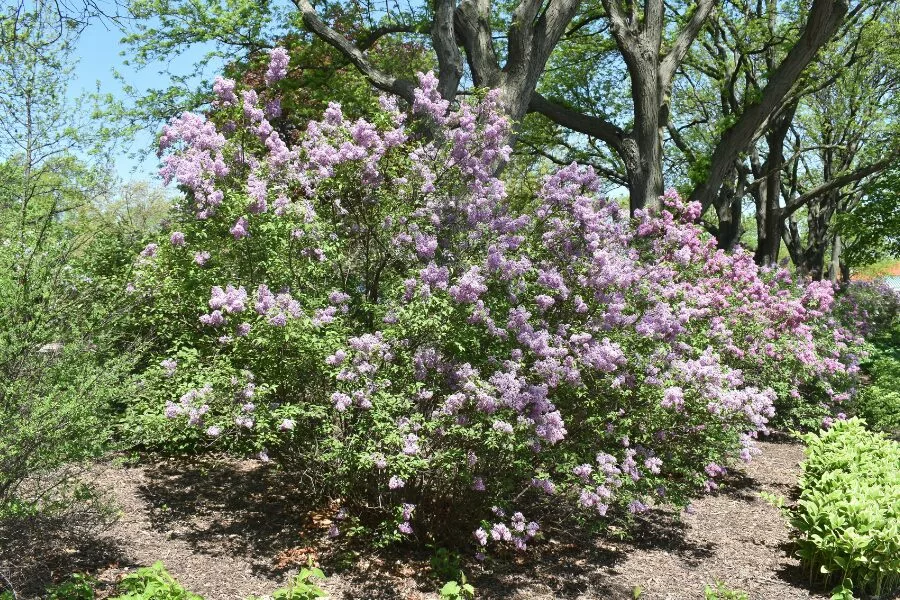
Planting Process for Lilac Bushes
Ready to plant? Here’s a simple step-by-step guide to get your lilacs off to a great start:
- Dig a Hole: Start by digging a hole that’s twice as wide as the root ball and just as deep. This provides ample room for roots to spread and establish themselves.
- Prepare the Soil: Before placing your lilac in the hole, enrich the soil with compost. This boosts fertility and helps retain moisture, giving your lilac the nutrients it needs.
- Plant the Bush: Position the lilac bush in the center of the hole. Ensure the top of the root ball is level with the surrounding soil. This prevents the plant from sinking too deep or sitting too high, which can affect its growth.
Watering and Mulching Lilac Bushes
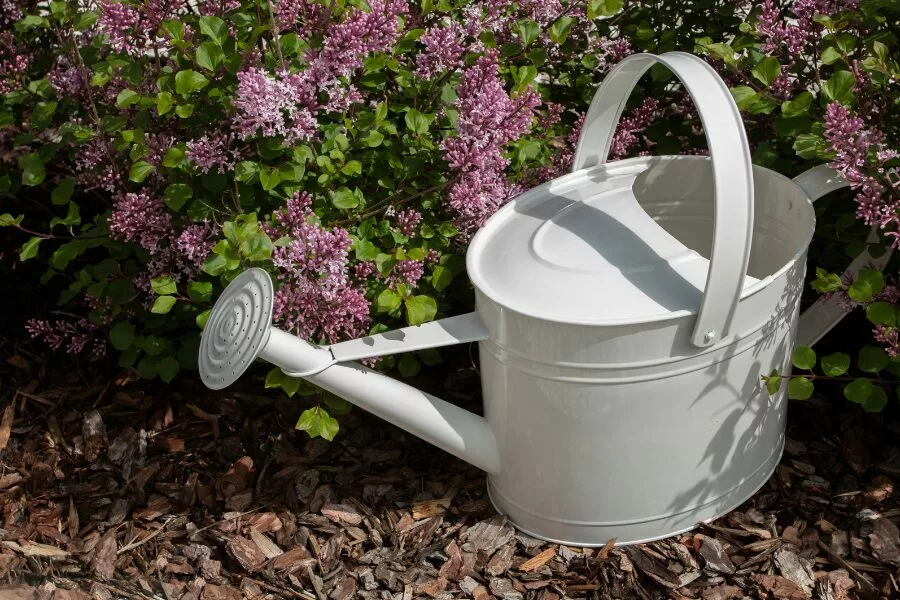
Lilacs are relatively drought-tolerant, but consistent watering is key to their success!
You must aim to water deeply about once a week, especially during hot, dry periods. Check the soil moisture by sticking your finger a couple of inches into the soil—if it feels dry, it’s time to water.
During particularly dry spells, you might need to water more frequently to keep your lilacs happy and hydrated. Remember, deep watering encourages deep root growth, which helps your lilacs withstand periods of drought.
Why You Should Consider Mulching Your Lilac Bushes
Mulching is like giving your lilacs a cozy blanket. It helps retain soil moisture, suppresses weeds, and regulates soil temperature. Use organic mulches such as wood chips, bark, or straw, and spread a 2-3 inch layer around the base of your lilac bushes. Be careful not to pile mulch directly against the trunk, as this can lead to rot.
Proper mulching not only keeps your lilacs well-watered but also improves soil health as the mulch breaks down, adding valuable nutrients back into the soil.
Fertilization of Lilac Bushes
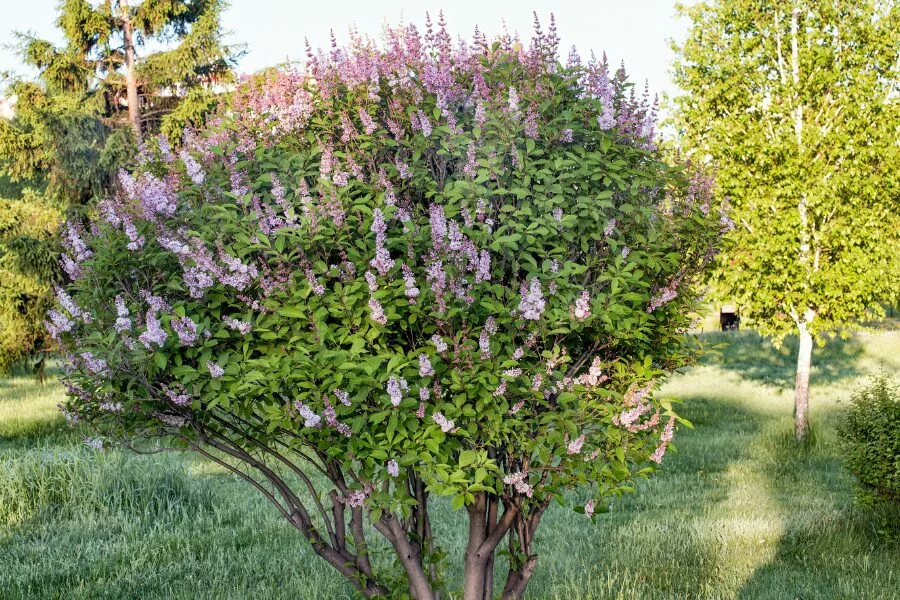
Fertilizing lilacs is a critical part of their care routine, helping them to grow strong and produce beautiful blooms. The best time to feed your lilacs is in early spring, just as the buds begin to swell and before new growth starts. This timing ensures that the nutrients are available as the plant begins its active growing season.
Use a balanced, slow-release lilac fertilizer—one with equal proportions of nitrogen, phosphorus, and potassium (like a 10-10-10 blend). This type of fertilizer provides a steady supply of nutrients over time, supporting both foliage and flower development. For mature lilac bushes, a single application each year is usually sufficient.
Young lilacs, however, may benefit from additional feedings. In their early years, they might need a bit more attention to establish a strong foundation. Apply lilac fertilizer once in early spring and again in mid-summer.

$9.99
Enhance your orchids’ health with Grow More 5270 Premium Urea Free Orchid Food. This 1.25-pound, water-soluble fertilizer features a balanced 20-10-20 nutrient ratio, promoting robust growth and vibrant blooms. Ideal for all orchid types, its urea-free formula ensures safe, effective feeding. Trusted by professionals, it provides essential nutrients for lush foliage and strong roots.
Lastly, avoid the temptation to over-fertilize! Excessive nutrients can lead to lush, green foliage but can result in fewer flowers and make the plant more susceptible to pests and lilac diseases. Stick to the recommended amounts on the fertilizer package and monitor your plants for signs of over-fertilization, such as excessive leaf growth or poor blooming.
Pruning Lilac Bushes
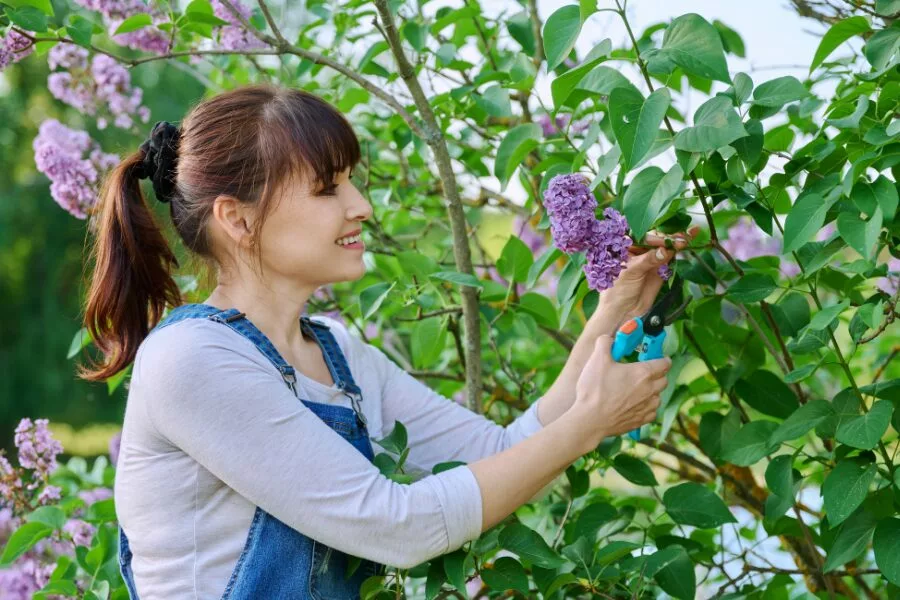
The optimal time to prune lilacs is right after they finish blooming. This timing allows you to enjoy their fragrant flowers before cutting them back, and it ensures you don’t accidentally remove the buds that will bloom the following year. Lilac pruning right after the blooming period also gives the plant time to recover and put energy into new growth before the dormant season.
If you wait too long to prune, you risk cutting off next year’s flower buds, which are formed shortly after the blooming period. By adhering to this schedule, you help maintain the bush’s shape and health while encouraging more vigorous flowering.
Pruning Techniques for Lilac Bushes
- Remove Deadwood: Start by cutting away any dead, diseased, or damaged branches. This not only improves the plant’s appearance but also helps prevent the spread of disease and encourages healthier growth.
- Thin Out: For older lilacs, thinning is crucial. Remove some of the older branches from the center of the bush to improve air circulation and light penetration. This process stimulates new growth and helps prevent fungal diseases by reducing overcrowding.
- Shape Up: Maintain a balanced shape by trimming back the tips of branches and shaping the overall bush. This helps ensure that the plant remains aesthetically pleasing and promotes an even distribution of blooms.
Tools and Tips for Pruning Lilac Bushes

Use sharp, clean pruning shears to make precise cuts. Dull or dirty tools can damage the plant and introduce pathogens. When making cuts, always aim to cut back to a healthy bud or branch, avoiding any stubby remnants that can become entry points for diseases.
For larger branches, use a pruning saw or loppers. Be mindful of your cuts—avoid drastic or heavy pruning, as this can stress the plant and lead to poor flowering or long-term damage. Aim for a gradual approach, trimming a little each year to maintain the bush’s health and shape.
Seasonal Care for Lilac Bushes
Understanding the bloom cycle of your lilac variety helps you manage expectations and care routines. Different lilac varieties bloom at different times, so knowing your plant’s specific bloom period will guide your care. Deadhead spent flowers to encourage continued blooming and prevent seed formation, which can divert energy away from flower production.
Overwintering Lilac Bushes
Prepare your lilacs for winter by adding a layer of mulch around the base. This insulating layer protects the roots from freezing temperatures and helps maintain consistent soil moisture. Water your lilacs well before the first frost to ensure the soil is moist, which supports the plant through the winter months.
Protecting Lilac Bush Roots from Extreme Cold
In colder climates, consider wrapping the base of the plant with burlap or other insulating material to shield the roots from severe temperatures. This additional protection helps prevent root damage and ensures that your lilacs emerge healthy in the spring.
Common Problems and Solutions for Lilac Bushes
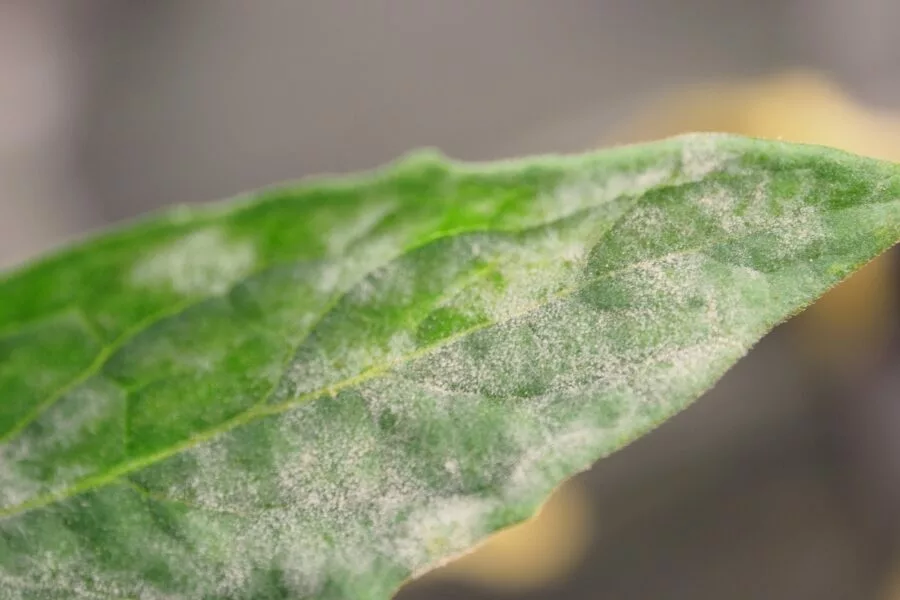
Lilacs, like all plants, can face their fair share of pests and diseases. Here’s how to handle some common issues:
- Aphids: These tiny insects can be found on the undersides of leaves, where they feed on sap and can cause distortion and yellowing. To combat aphids, spray the affected areas with a strong stream of water to dislodge them, or use insecticidal soap for a more targeted approach. Beneficial insects like ladybugs can also help control aphid populations naturally.
- Powdery Mildew: This fungal disease appears as a white, powdery coating on leaves and stems, particularly in humid conditions. To manage powdery mildew, ensure good air circulation around your lilacs by thinning out crowded branches. Avoid overhead watering, as this can increase humidity around the plants. Infected leaves should be removed and disposed of properly. Fungicides may be necessary in severe cases, but aim to use them as a last resort and opt for eco-friendly options whenever possible.
- Scale Insects: These pests attach themselves to branches and leaves, sucking out sap and causing foliage to yellow and drop. Remove them by hand or use horticultural oil to smother the insects. Regular inspections and keeping your lilacs healthy are key to preventing infestations.
Environmental Challenges for Lilac Bushes
Lilacs can be sensitive to extreme weather conditions, which can impact their health and blooming:
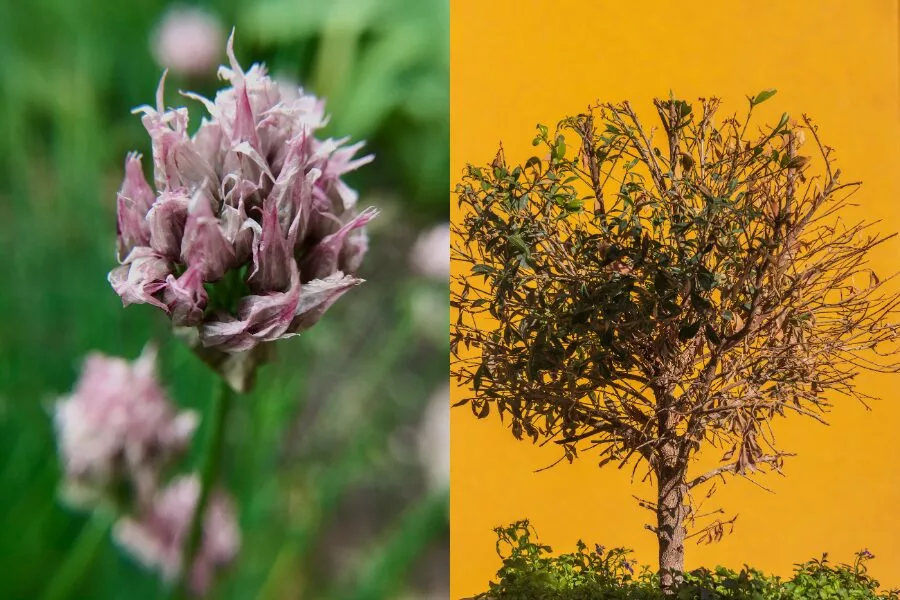
- Late Frosts: Lilacs bloom in early spring, and a late frost can damage the new growth and flowers. To protect your lilacs, cover them with burlap or a frost cloth during unexpected cold snaps. In more severe climates, consider planting lilacs in a location that offers some natural protection, like against a south-facing wall, which can provide a warmer microclimate.
- Drought: While lilacs are relatively drought-tolerant, prolonged dry periods can stress them. During such times, ensure deep watering to keep the soil consistently moist but not waterlogged. Mulching helps retain soil moisture and reduces the need for frequent watering.
- Extreme Heat: High temperatures can cause wilting and stress. Provide extra water during heatwaves and consider using shade cloths to protect your lilacs from the harshest sun. Regular mulching can also help keep soil temperatures more stable.
Sustainability with EcoWiser: Green Practices for Lilac Bush Care

Caring for lilacs can be part of a broader commitment to sustainability. EcoWiser practices help ensure that your gardening efforts are environmentally friendly:
- Eco-Friendly Fertilizers: Choose organic or slow-release fertilizers that are less likely to run off into waterways and contribute to pollution. Organic options, like compost or well-rotted manure, enrich the soil naturally and improve its structure.
- Water Conservation: Implement water-saving techniques such as drip irrigation or soaker hoses, which deliver water directly to the plant’s roots and reduce evaporation. Collecting rainwater in barrels for garden use is another sustainable option that conserves municipal water.
- Composting: Utilize garden waste and kitchen scraps to create compost, which can be used to enrich the soil around your lilacs. Composting reduces waste and provides a nutrient-rich alternative to synthetic fertilizers.
- Pest Management: Adopt integrated pest management (IPM) strategies that focus on natural pest control methods. Encouraging beneficial insects, using organic pest control methods, and promoting plant health through proper care are all part of a sustainable approach to managing pests.
- Native Plant Integration: Consider integrating native plants with your lilacs to create a balanced and resilient garden ecosystem. Native plants typically require less water and maintenance and support local wildlife, contributing to overall garden sustainability.
Summing Up!
Lilac bushes, with their stunning blooms and lovely scent, can really brighten up any garden. By taking care of common issues and using eco-friendly practices, you can help your lilacs thrive and be good to the environment too.
Their beauty isn’t just for show—it’s a reminder of the simple pleasures of gardening and nature.
So, are you ready to make your garden a lilac paradise? Follow these tips, and enjoy the beauty of healthy, vibrant lilacs year after year!
If you’re pressed for time to grow lilacs but ready to put in the care and maintenance, you can bring them home right away! We found a fantastic option for lilacs from Nature Hills, America’s largest online plant nursery, just for you!
Frequently Asked Questions
How do I plant a lilac bush from seed?
Start by stratifying the seeds in the fridge for about 30 days. Afterward, plant them in loamy, well-draining soil about half an inch deep. Keep the soil moist and warm until germination occurs.
What’s the best location for planting lilac bushes?
Lilac bushes thrive in full sun to partial shade. Ensure the soil is well-draining, and the location offers good air circulation to prevent diseases.
How often should I water my lilac bush?
Water young lilac bushes regularly to establish roots. Mature bushes need watering during dry spells, ensuring the soil is moist but not waterlogged.
When should I prune my lilac bush?
Prune lilac bushes immediately after they bloom in late spring as part of lilac care. This timing allows new growth to develop buds for the next season.
How can I propagate lilac bushes?
Lilac bushes for lilac varieties can be propagated through suckers, softwood cuttings, or air layering. Each lilac propagation method requires careful attention to ensure successful lilac growth zones including rooting and growth.
What common pests and diseases affect lilac bushes?
Aphids, powdery mildew, lilac borers, and leaf spot diseases are common. Regular inspections, proper pruning, lilac care, and using natural treatments like neem oil can help manage these issues.
